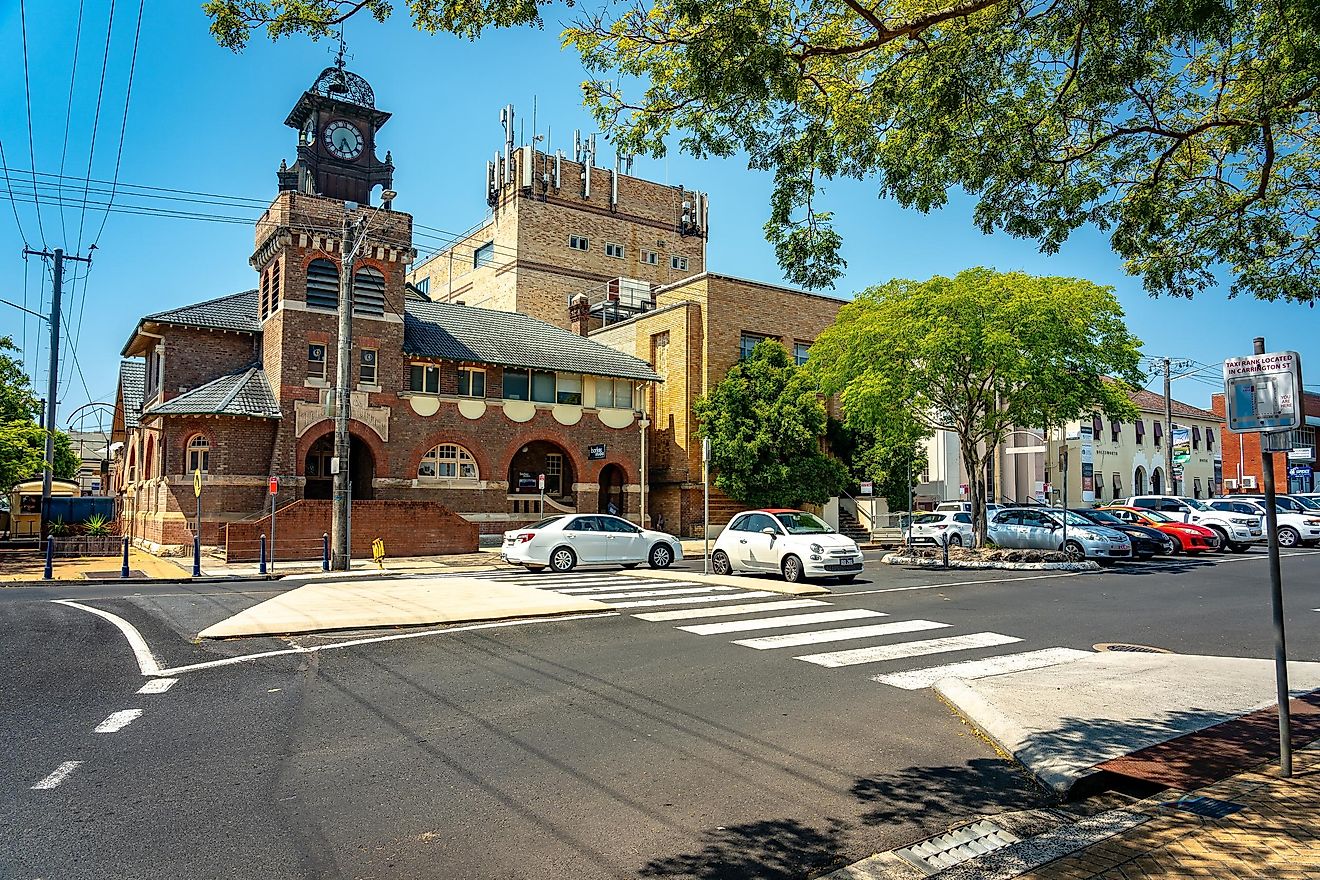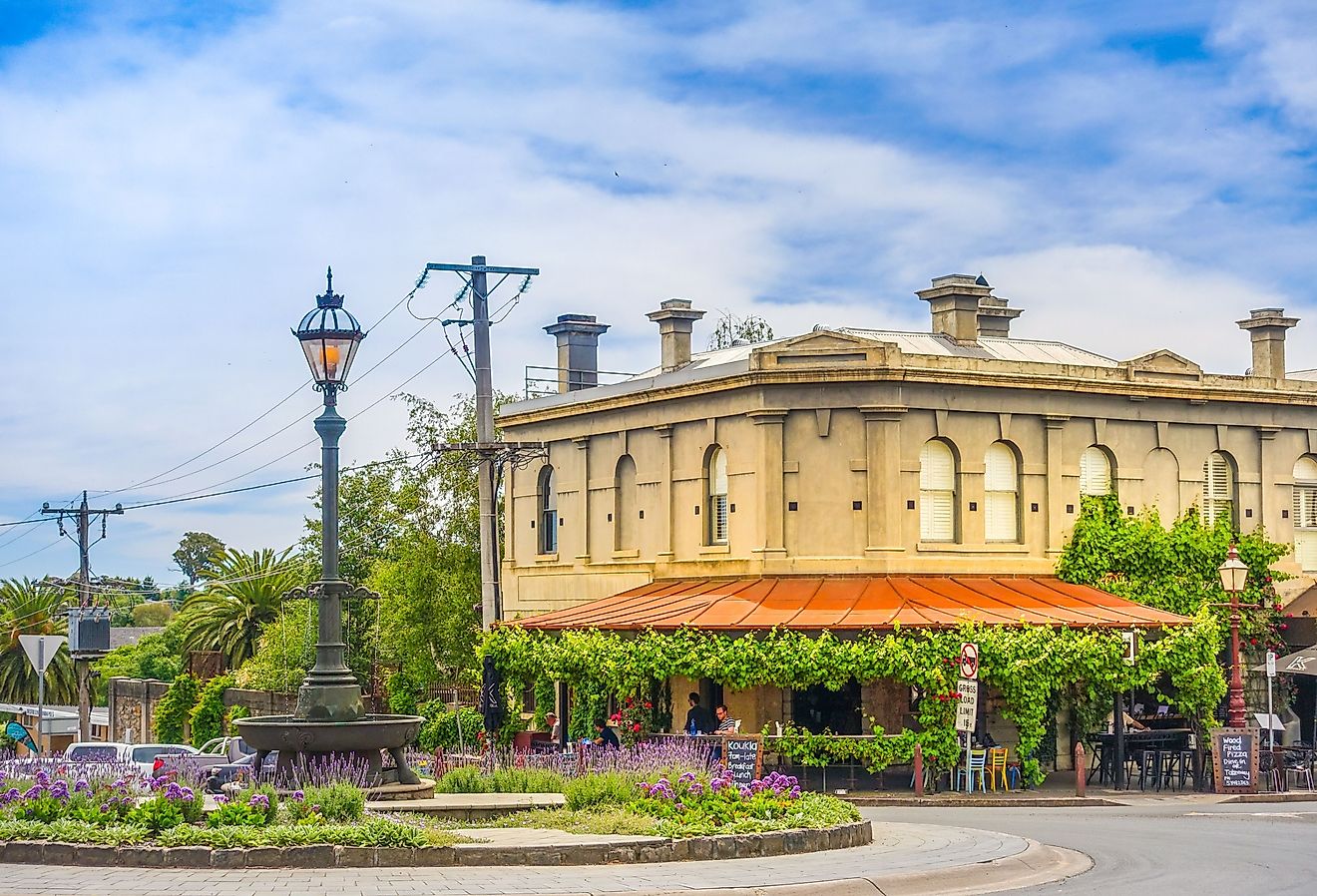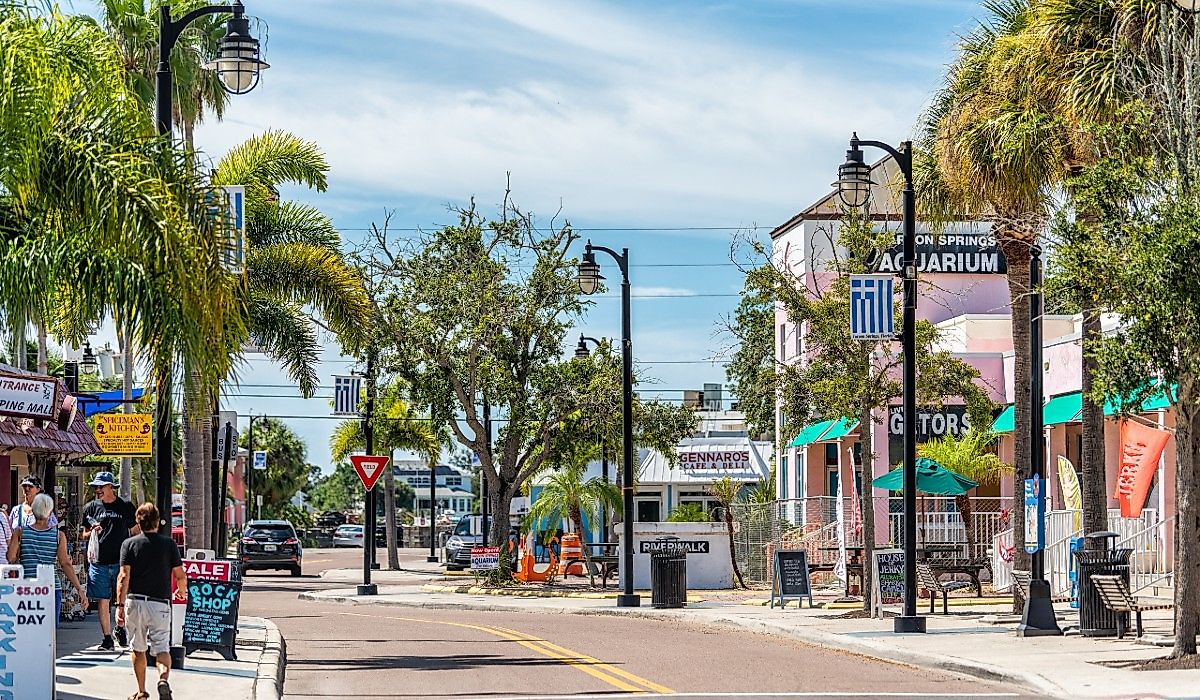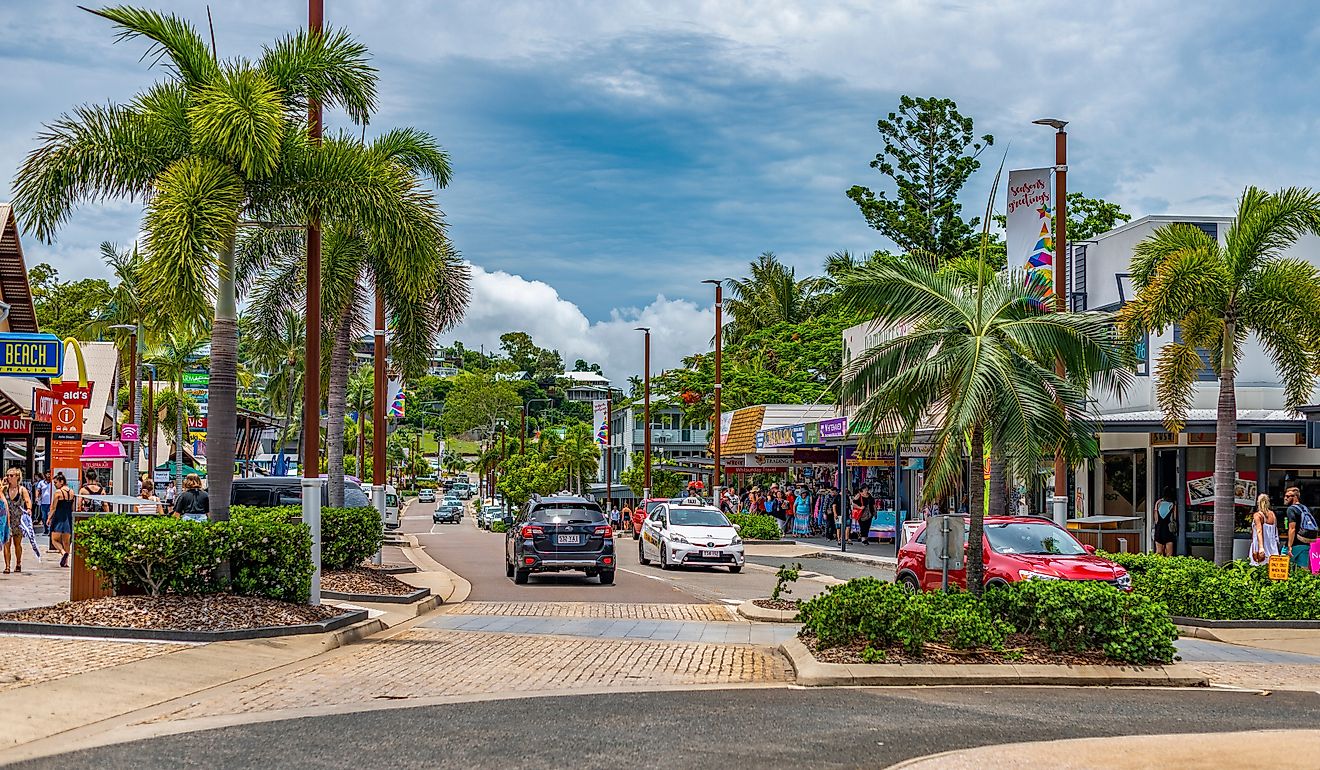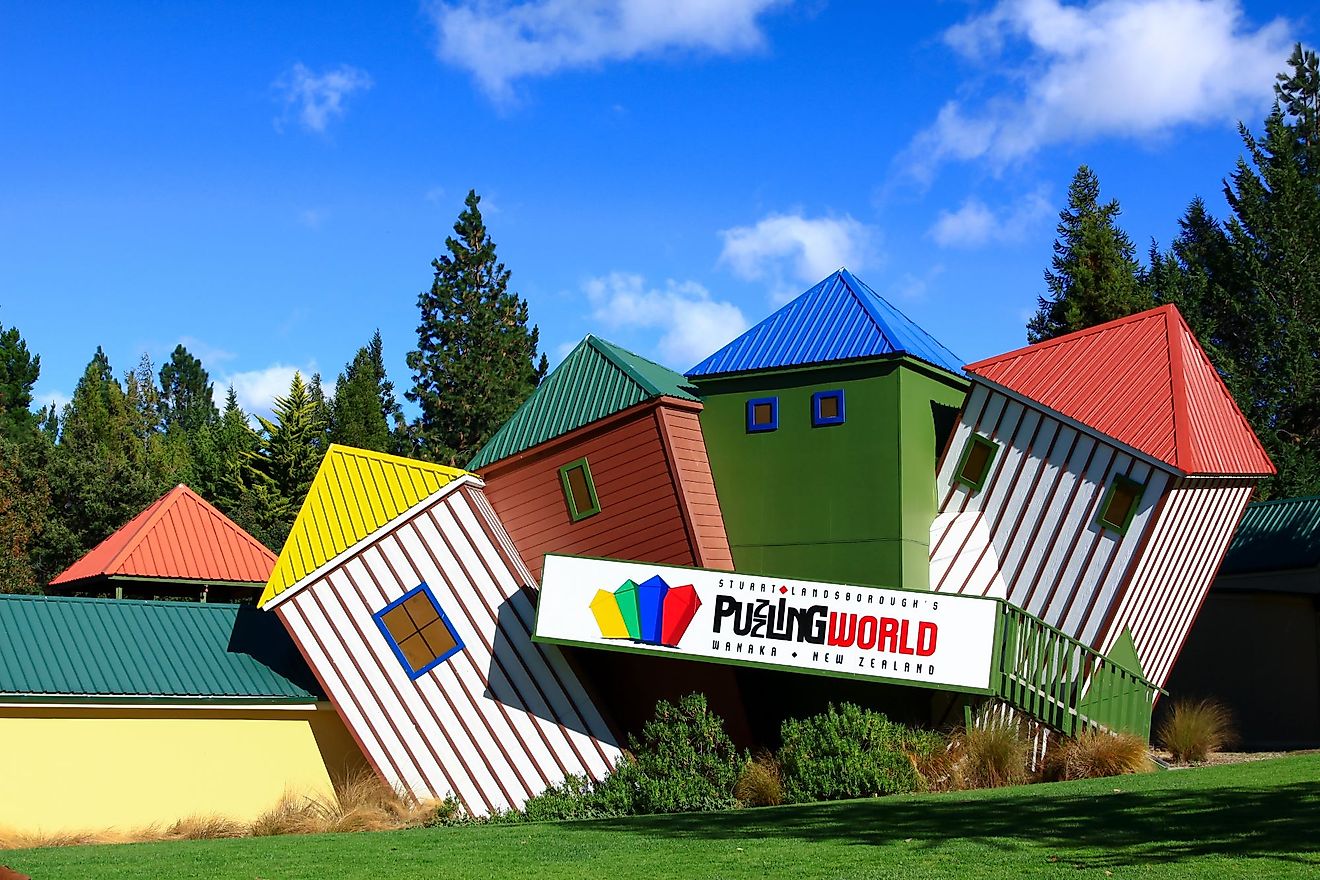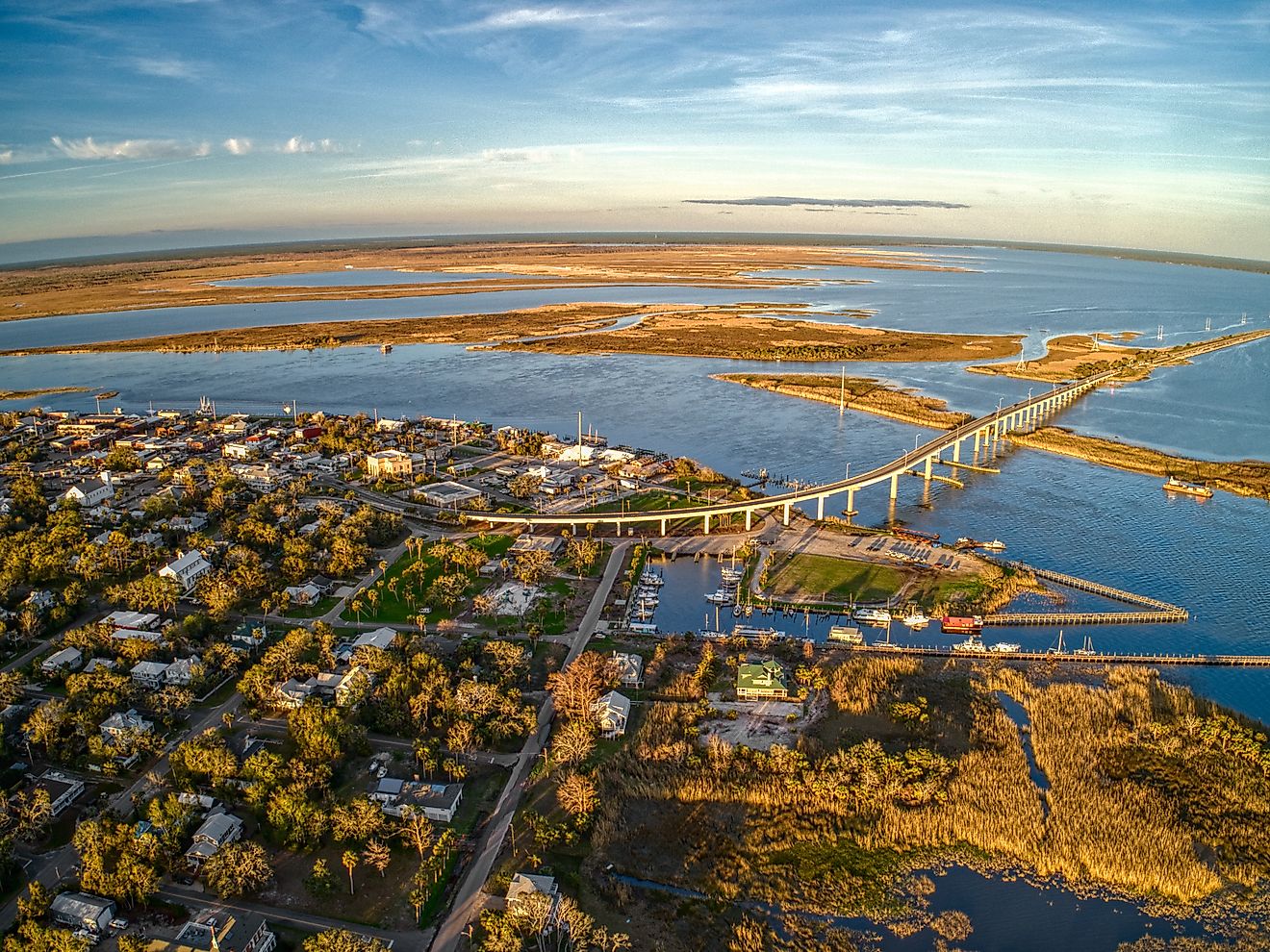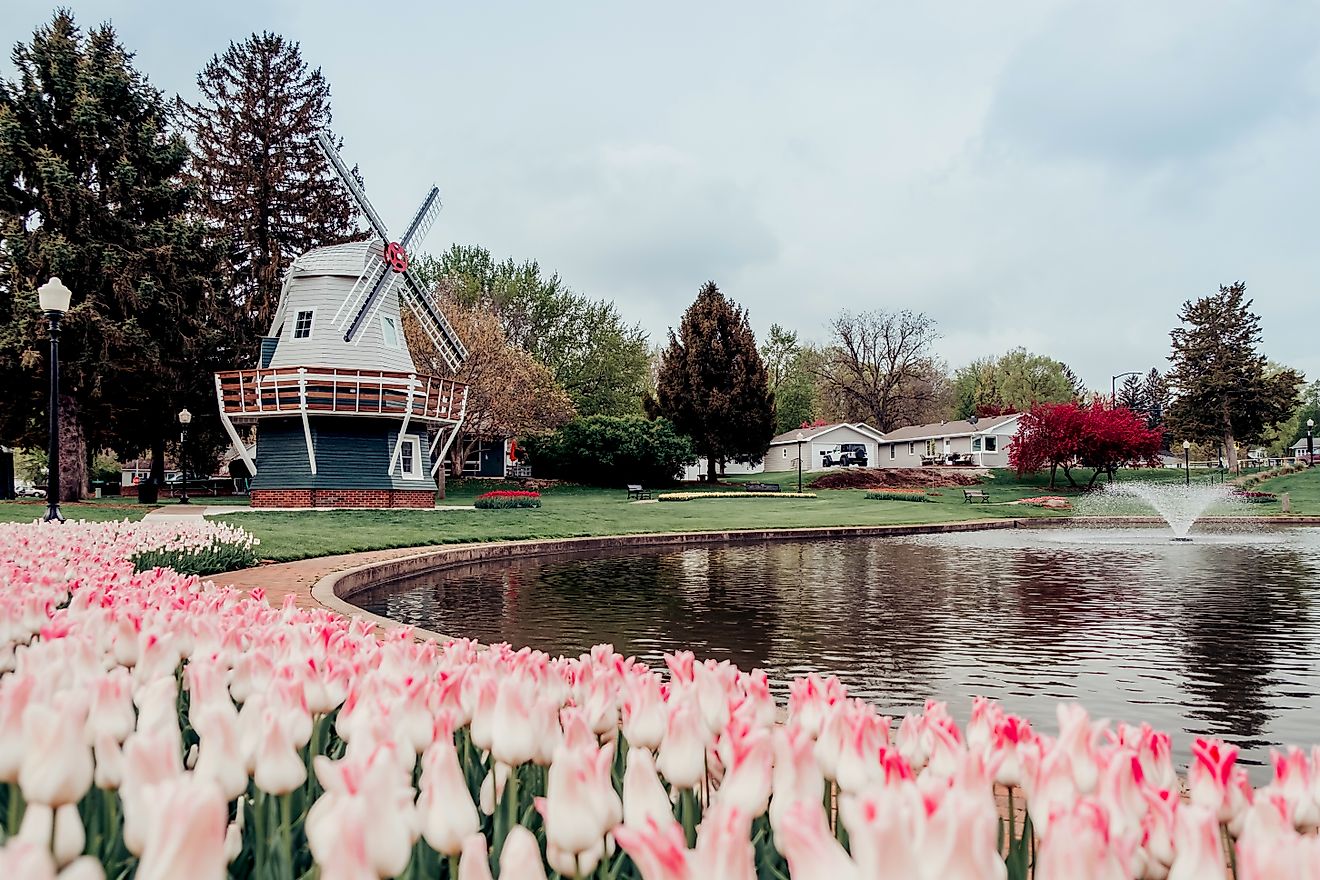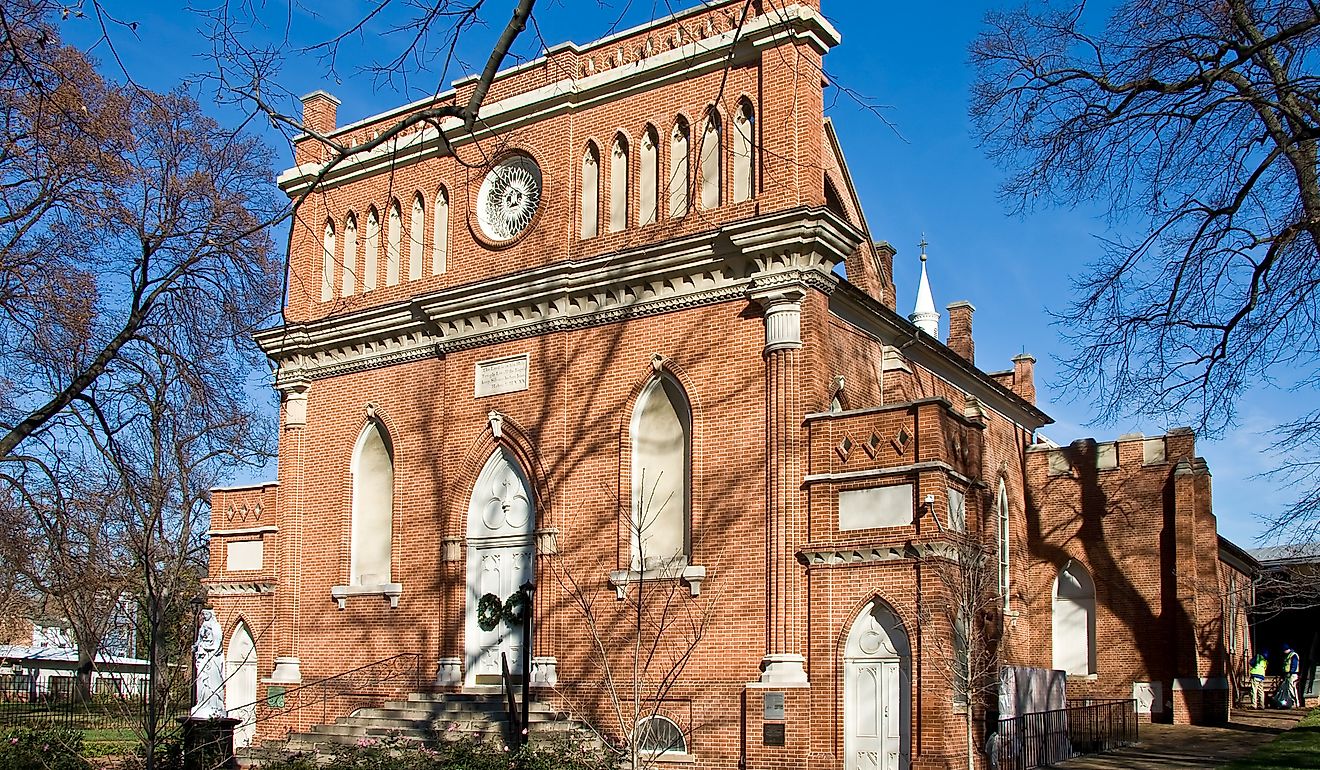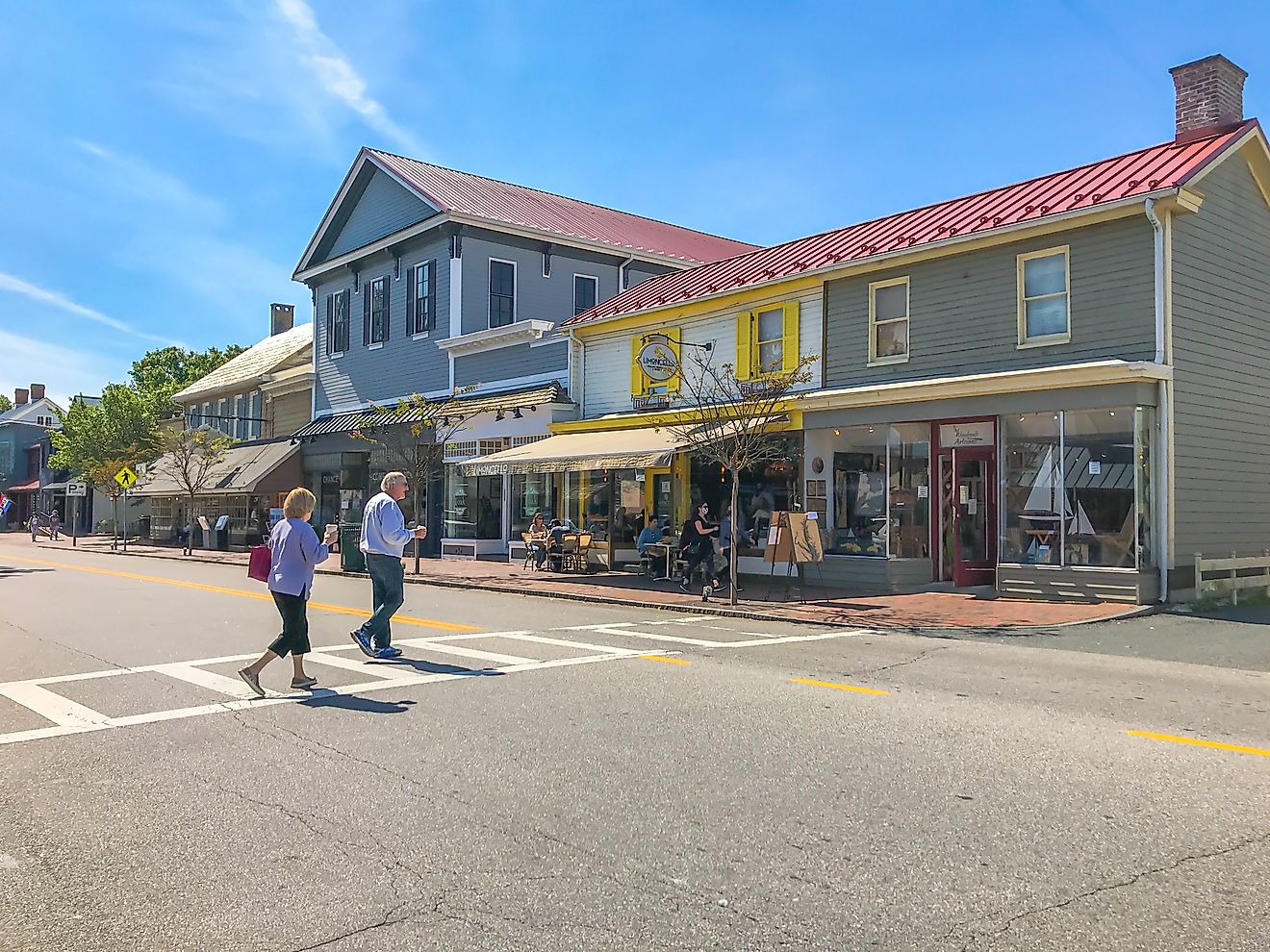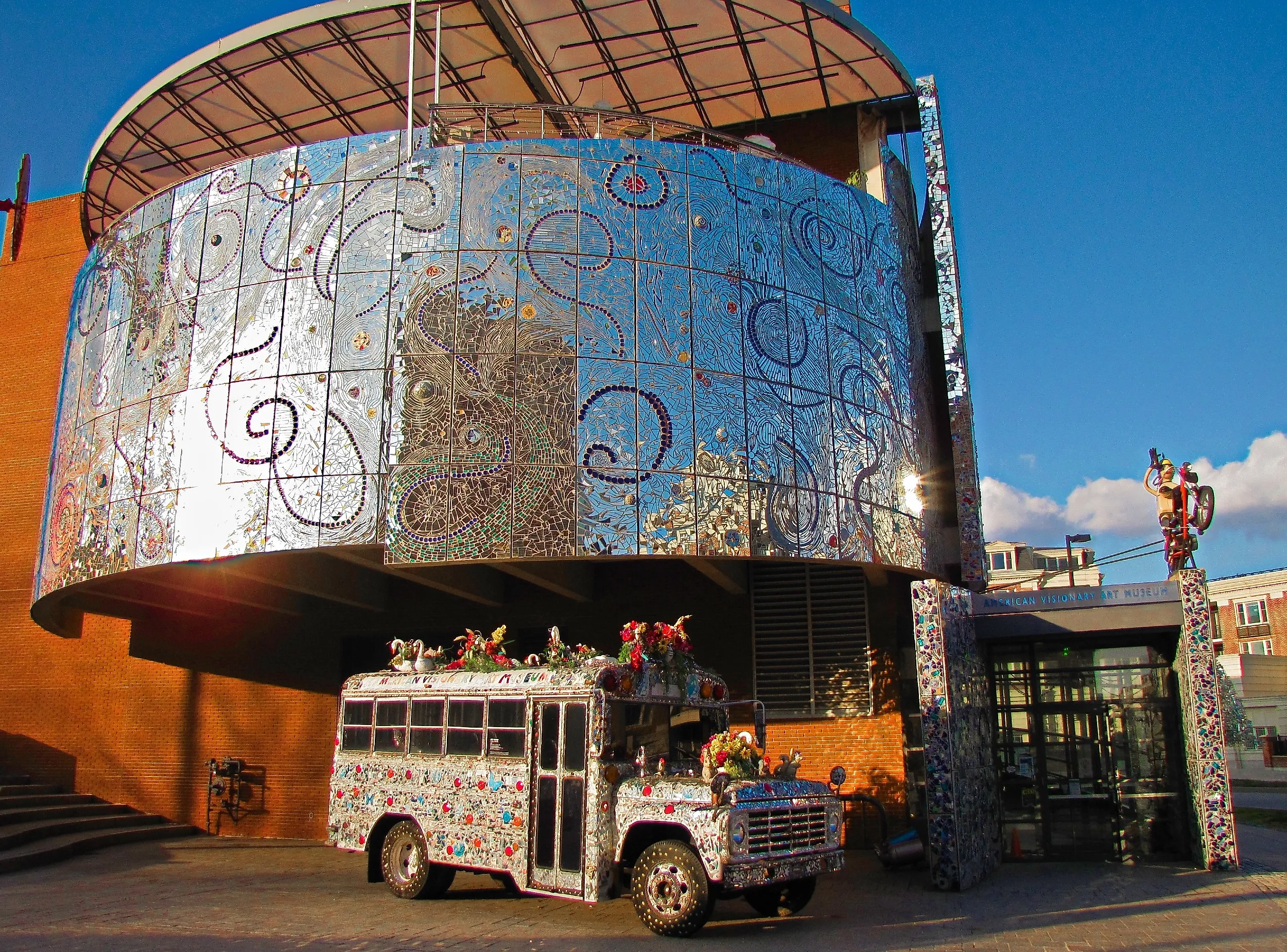
8 Best Museums In Maryland
There is nothing better than spending time exploring a museum, and Maryland has no shortage of spectacular, captivating museums to discover. Steeped in maritime history and rich cultural heritage, Maryland's eight best museums are as diverse as the Old Line State itself, offering everything from quirky art painted with mustard and ketchup at the American Visionary Art Museum to tracing the developments in warship design at the US Naval Academy Museum to hands-on exhibits comparing the texture of sand at a lifesaving museum in Ocean City.
American Visionary Art Museum (Baltimore)
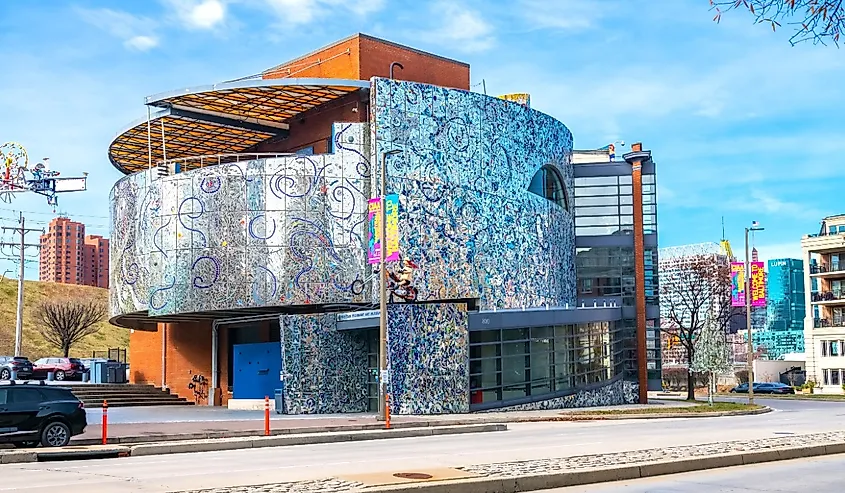
The American Visionary Art Museum (AWAM) is in Baltimore’s historic Federal Hill area, a defensive stronghold during the War of 1812, where replica cannons still stand watch from atop the hill. Today, the neighborhood mixes its 19th-century past with its 21st-century present full of trendy restaurants, taverns, and cafés, making the ‘hood the perfect place to grab a bite to eat or a drink at Pub Dog Pizza and Drafthouse, Vagrant Coffee, or the Blue Agave Restaurante Y Tequileria after spending a few hours at the very funky AVAM.
An oddball museum, a colorful junkyard, a repository for self-taught art, doesn’t matter what an art lover calls the non-traditional AVAM; it will undoubtedly leave an indelible impression. Founded in 1984 by Rebecca Hoffberger, the award-winning museum’s mission celebrates “art brut,” a term coined by French artist Jean Dubuffet, which means “raw art” or “outsider art,” and this is best exemplified in the AVAM youth-at-risk and youth incarcerated apprenticeship program, whose work covers the museum’s exterior walls.
Not-to-be-missed pieces in the museum’s permanent collection include the Cosmic Galaxy Egg, the Gallery A-Go-Go mosaic bus, and the toothpick model ship, Lusitania. Don’t miss the gift shop, Sideshow, on the way out for an out-of-this-world shopping experience.
National Museum of Civil War Medicine (Frederick)

During the American Civil War, the town of Frederick was transformed into a massive hospital ward as wounded soldiers from nearby battlefields were sent to recuperate in the town’s municipal buildings, homes, and churches. So it’s no wonder that the National Museum of Civil War Medicine has made its home there since first opening its doors in 1996, and is one of the only museums to focus exclusively on the medical aspect of the war. The museum offers a walking tour of downtown Frederick’s storied past, which takes groups of walkers past key sites during the war, just as soldiers marched through the streets on their way to battles at Antietam and Gettysburg. This once-in-a-lifetime tour also includes admission to the museum.
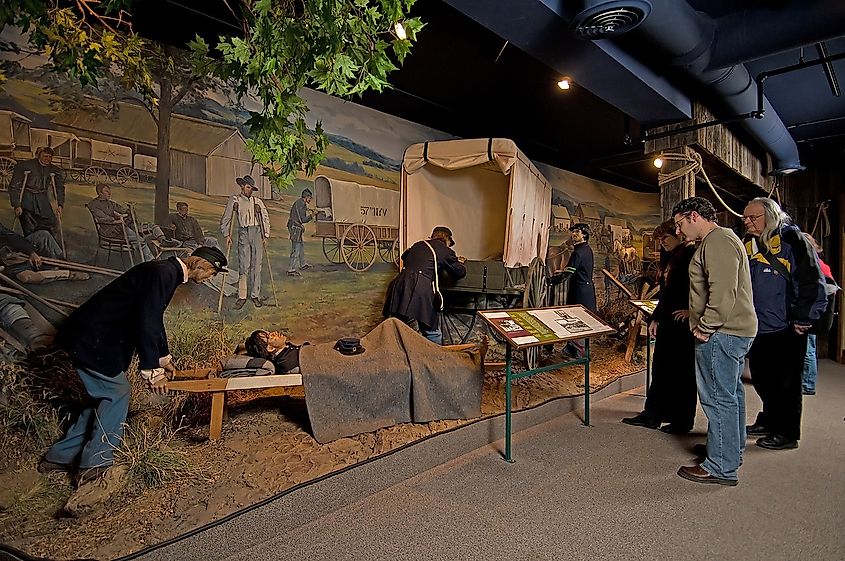
The museum has over 5,000 artifacts and has immersive displays to explore, including re-imagined evacuations of wounded soldiers, a military hospital ward, and a field hospital displaying an actual surviving surgeon’s tent from the battlefield. On the more macabre side (which the kids will like), there is a mummified right hand and forearm of a soldier blown off during combat, and a pair of bloody socks.
B&O Railroad Museum (Baltimore)
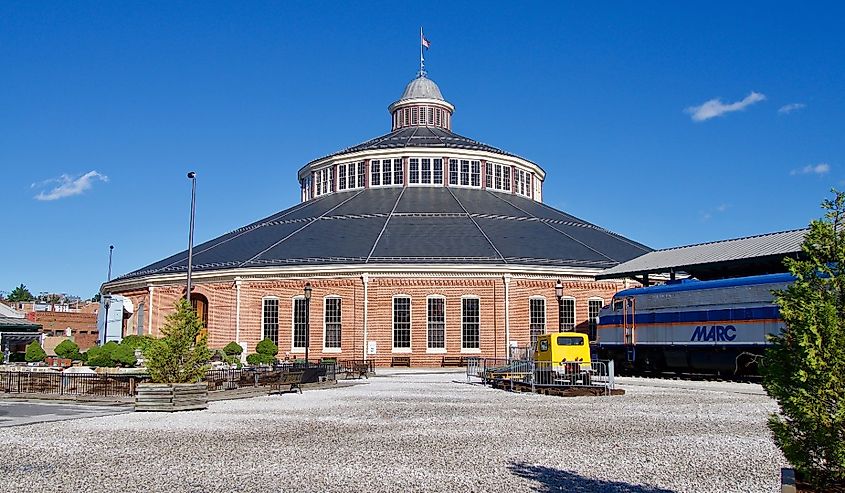
Known as the birthplace of American railroading, the B&O Railroad Museum features the world’s most extensive collection of historic 19th-century locomotives and almost 250 pieces of rolling stock (a collective term that refers to all vehicles on a railway, including passenger cars, freight wagons, cabooses, and more), not only from the Baltimore and Ohio Railroad, but other regional railroads as well. The museum sprawls across this 40-acre National Historic Landmark, whose heart is the spectacular 1884 Roundhouse, a 22-sided, 245-foot-diameter, 46,000 sq ft structure with 22 stalls for engines and train cars. In the center of the Roundhouse is the 60-foot turntable, handcranked to position passenger cars.
The museum has an extensive collection of railroading artifacts and objects, including clocks, pocket watches, uniforms, dining car china, communication devices, and 6,000 other pieces. Hop on the “Mile One Express” for a 20-minute train ride along the first mile of commercial railroad in the US, or book an ultimate "Behind the Scenes" experience for true train enthusiasts. After the museum, cross the street for mocktails and a charcuterie plate at the appropriately named Back Yard.
Chesapeake Bay Maritime Museum (St. Michaels)
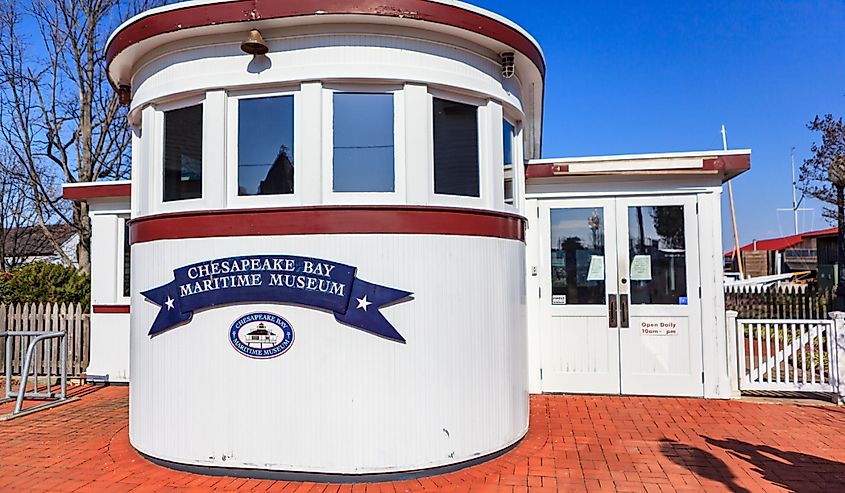
Located on the waterfront in historic St. Michael’s, the Chesapeake Bay Maritime Museum (CBMM) celebrates the culture and history of the Chesapeake Bay with hands-on exhibits, a working boatyard, and scenic views spread out over an 18-acre waterfront campus. The museum contains the most comprehensive collection of artifacts from the Chesapeake Bay. Wear walking shoes and plan on exploring numerous indoor and outdoor exhibits, including the working shipyard, one of the last of its kind, and chatting with the boatbuilders restoring the museum fleet of surviving vessels.
The museum maintains several historic buildings, including the 1879 Hooper Strait Lighthouse, which was saved from demolition and relocated to its current site. Spend some time on the water by adding a tour of St. Michaels Harbor, aboard one of the CBMM’s rare floating vessels. End the day in St. Michaels by visiting the town’s one-of-a-kind shops and antique stores. Stop for Maryland blue crabs at the 1965 landmark restaurant, the Crab Claw.
Antietam National Battlefield Visitor Center (Sharpsburg)
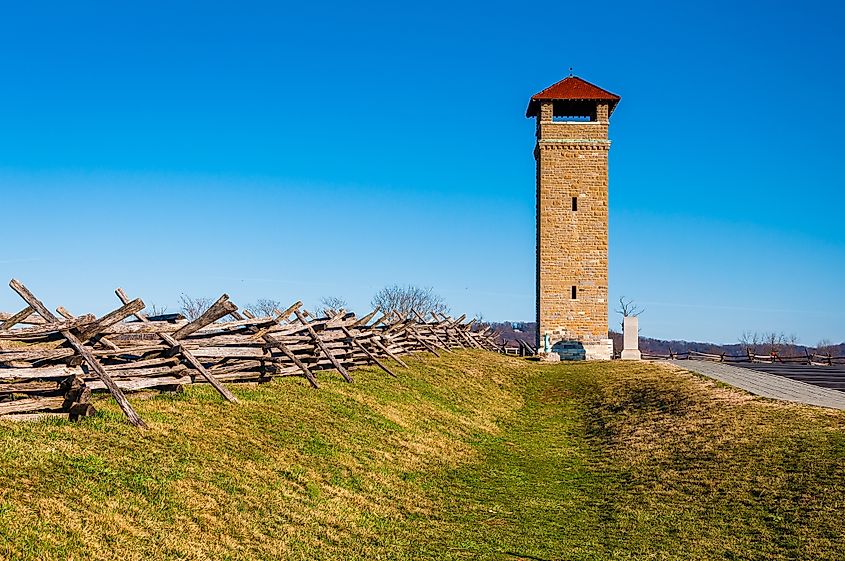
Considered one of the most beautifully preserved Civil War battlefields, this historic site commemorates the Battle of Antietam, the bloodiest single-day battle in US military history. On September 17, 1862, fierce fighting led to nearly 23,000 casualties, including over 3,600 fatalities. This pivotal battle marked a turning point in the Civil War, giving President Abraham Lincoln the momentum needed to issue the Emancipation Proclamation, which changed the course of American history.
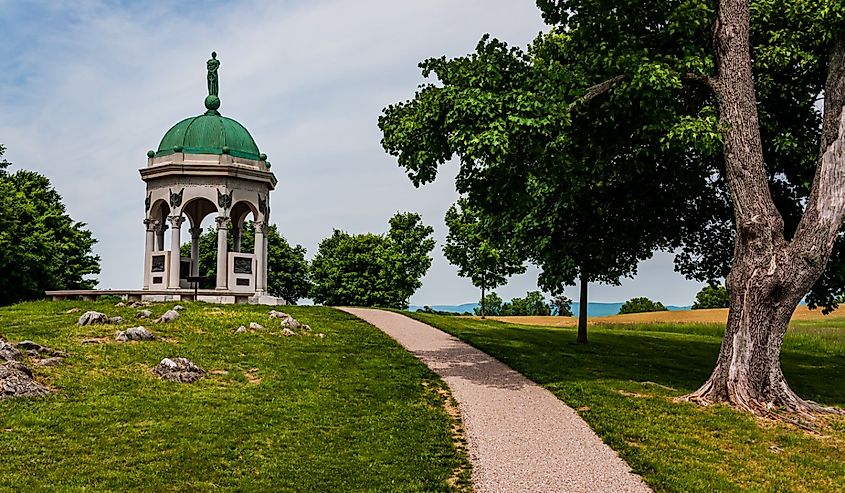
The Visitor Center is the perfect place to start, where history enthusiasts can watch an introductory film, see artifacts, and then choose how best to explore the site. There are ranger-led guided walks, hiking trails, or an 8.5-mile self-guided auto tour along a marked route with stops at key locations, including the Cornfield where the battle began, Dunker Church, the Sunken Road (also known as Bloody Lane), Burnside’s Bridge, and the National Cemetery where 4,776 Union soldiers are buried. After a somber day at Antietam, consider unwinding with a visit to the tasting room at the nearby Antietam Creek Vineyard in Sharpsburg.
US Naval Academy Museum (Annapolis)
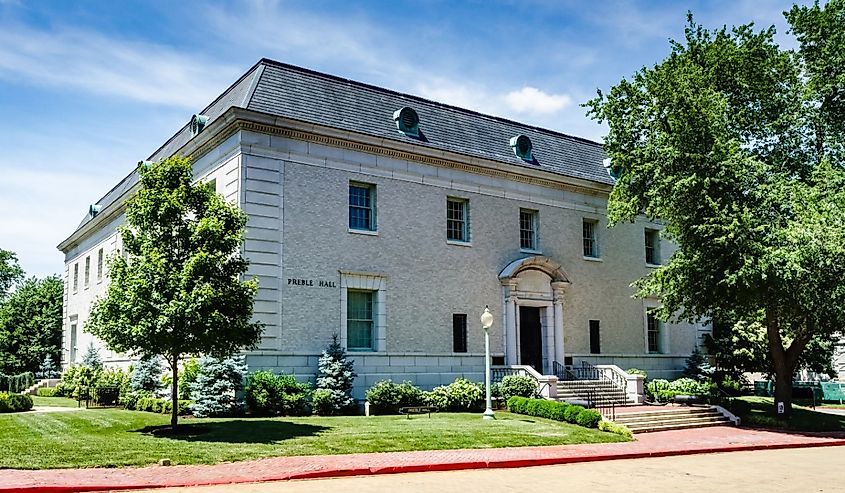
History enthusiasts, military buffs, or even fans of movies that celebrate military life and discipline (think “Top Gun,” but at sea, not in the air) can join the more than 100,000 visitors from all over the world who descend upon the US Naval Academy Museum in Annapolis annually. Located in Preble Hall on the actual grounds of the US Naval Academy, the museum offers two floors (called “decks”) of exhibits tracing the history of the United States Navy from the Revolutionary War to modern-day war games in the Gulf of Oman and beyond. See over 70 17th- and 18th-century ship models on display, illustrating 200 years of changing warship design.
After touring the museum, explore other sites in the maritime town known as the “Sailing Capital of the World,” including wandering down Main Street to City Dock, where visitors will find art galleries, pubs, and nautical-inspired gift shops. Watch the flashy boats show off in an area called “Ego Alley” from a table at The Choptank, a popular fish & crab house on the waterfront.
Ocean City Life-Saving Station Museum (Ocean City)

If anyone needs a reason to hit the iconic resort town of Ocean City, the Ocean City Life-Saving Station Museum is a good one. The small but fascinating museum, where one exhibit traces the history of life saving on the Eastern Shore of Maryland, Delaware, and Virginia from 1878 to 1914, is housed in an old US Lifesaving Service and Coast Guard Building on the boardwalk. Wandering the 2.9-mile-long classic wooden boardwalk is a must before and after the air-conditioned museum visit with a stop at Dumser’s Dairyland, an Ocean City institution since 1939.
The museum’s other exhibits include a nostalgic look back at boardwalks of the past, a collection of sand from Iceland, Russia, and Australia to compare to Ocean City’s finest, and an aquarium room full of seahorses, horseshoe crabs, Maryland blue crabs, oyster toadfish, and other sea creatures living in the Atlantic Ocean and the Chesapeake Bay.
Walters Art Museum (Baltimore)
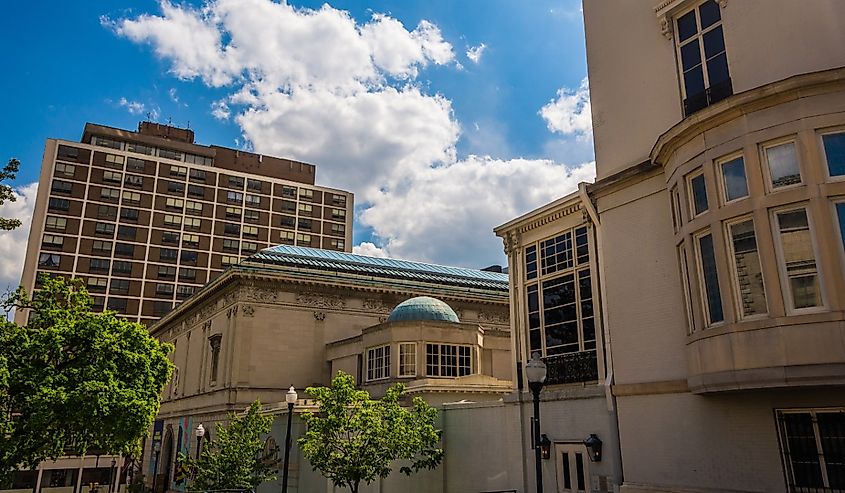
The Walters Art Museum is a world-class art museum whose collection of 36,000 objects spans from 5,000 BCE to the 21st century. Even the five campus buildings that make up the Walters Art Museum are works of art, transporting visitors through a history of architectural design like the Palazzo building, which was modeled after a 17th-century Italian palace. What’s more, admission to the museum is always free.
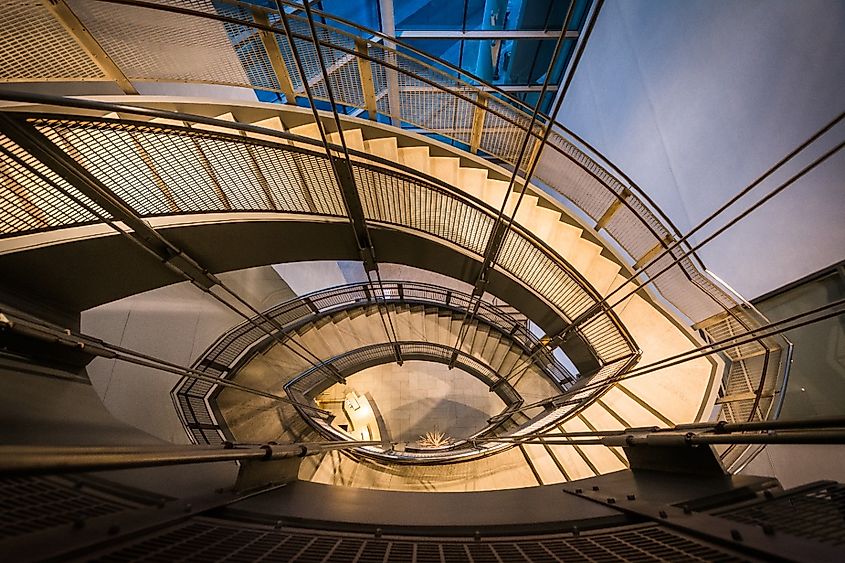
The museum is a must-see for serious art lovers with its ancient Asian art, jewelry, arms, and suits of armor in its medieval galleries, and European art from Rousseau, Manet, and Monet. Some other highlights in the museum’s extensive collection include its exhibits on ancient art, featuring Egyptian mummies, ancient Roman sarcophagi, and Greek gold jewelry. If the impressive scale of the collection seems daunting, consider booking a guided or self-guided tour, which is a fun way to share the experience with family and friends. After indulging in an afternoon of art, head to nearby Unity Bar and Restaurant for tacos and happy hour.
Visiting Maryland's museums is like stepping back in time, each footfall taking visitors one step closer to its storied past. From colorful displays of genius to the bloody realities of war and the incredible strides in maritime and rail travel, these eight museums unveil a chapter in the story of America in Miniature. And these eight museums? Just the tip of the iceberg. Beneath the surface is a vast expanse of untold stories and hidden treasures, waiting to take visitors deeper into Maryland’s rich, layered history.

